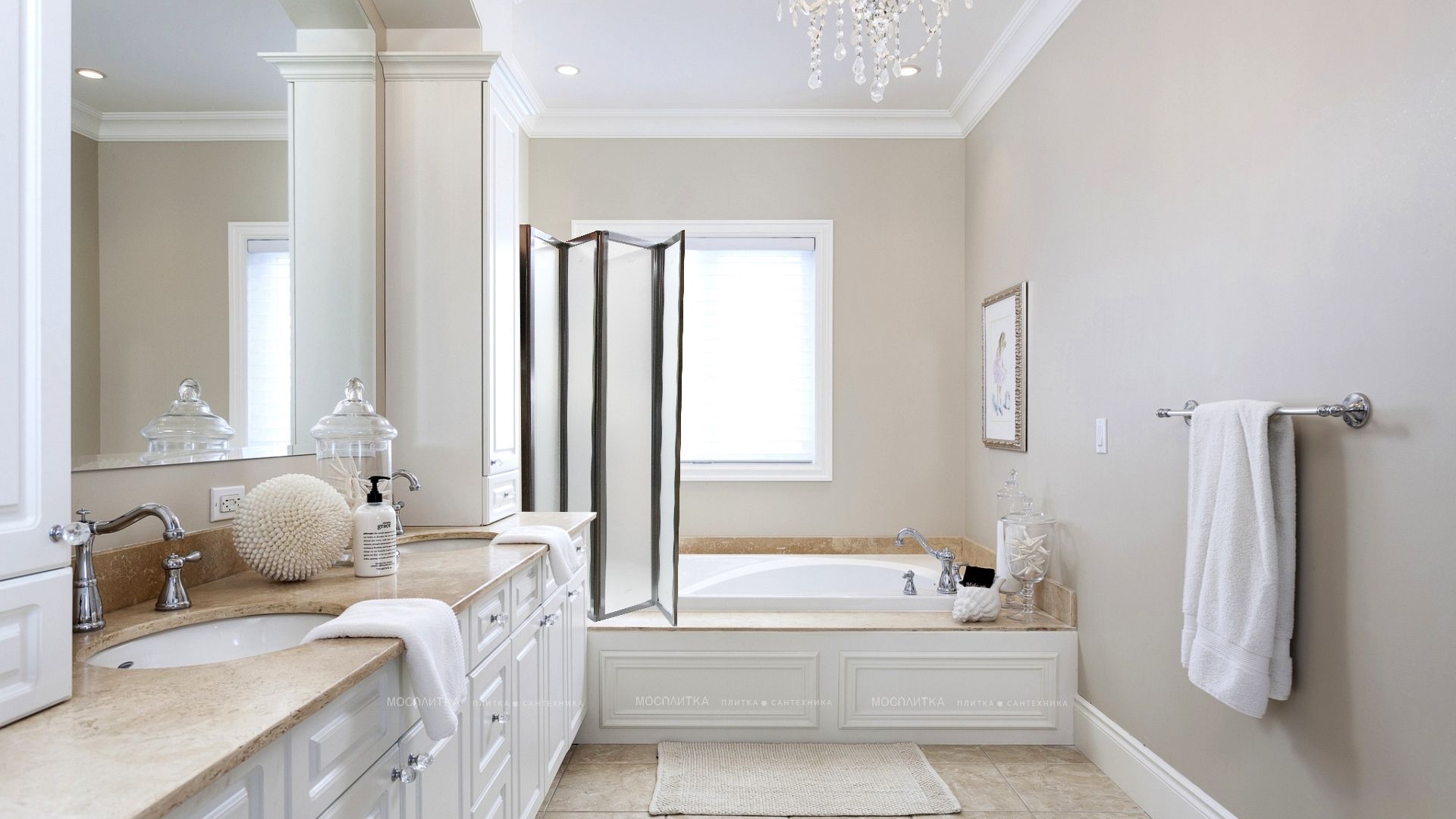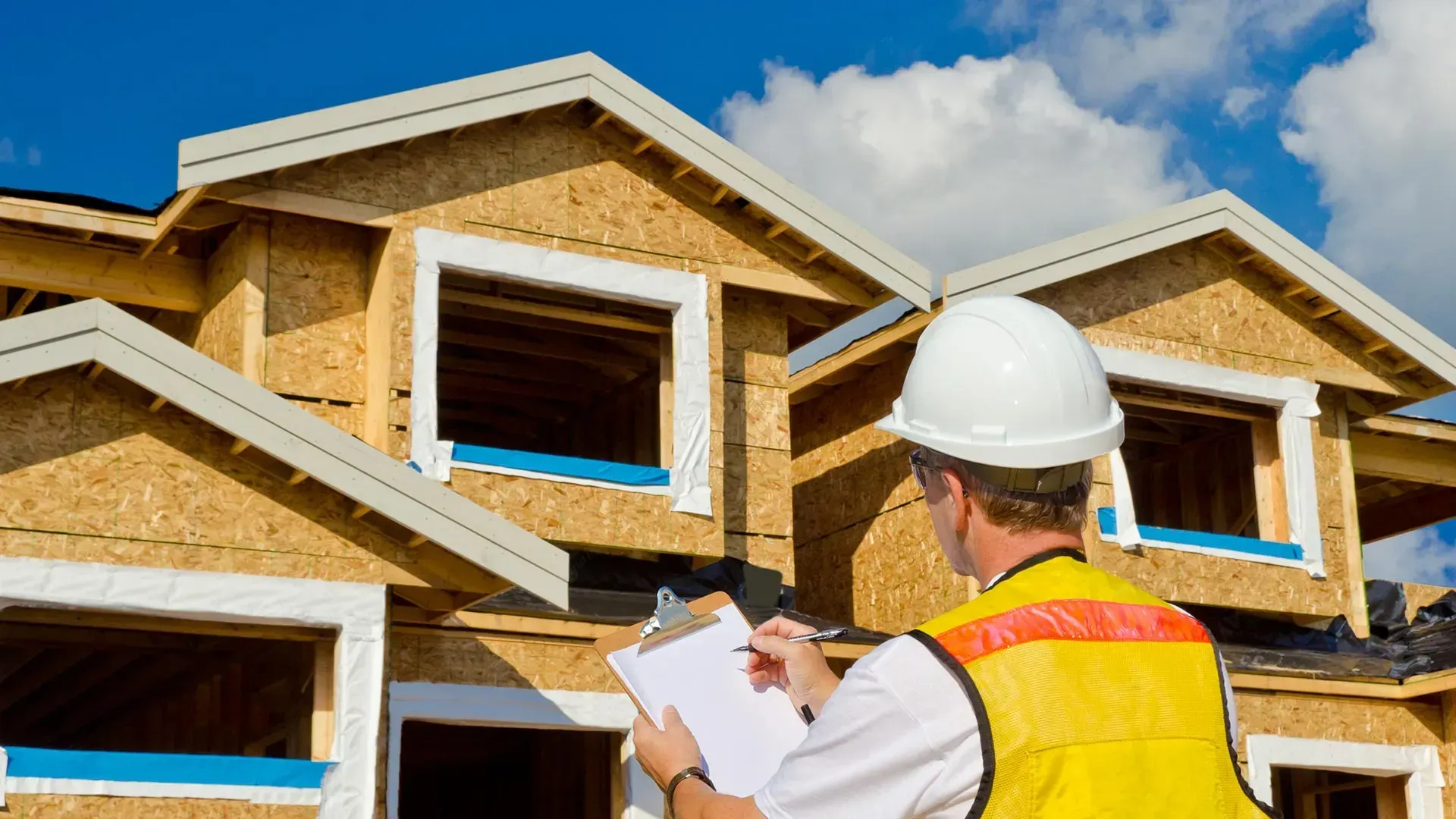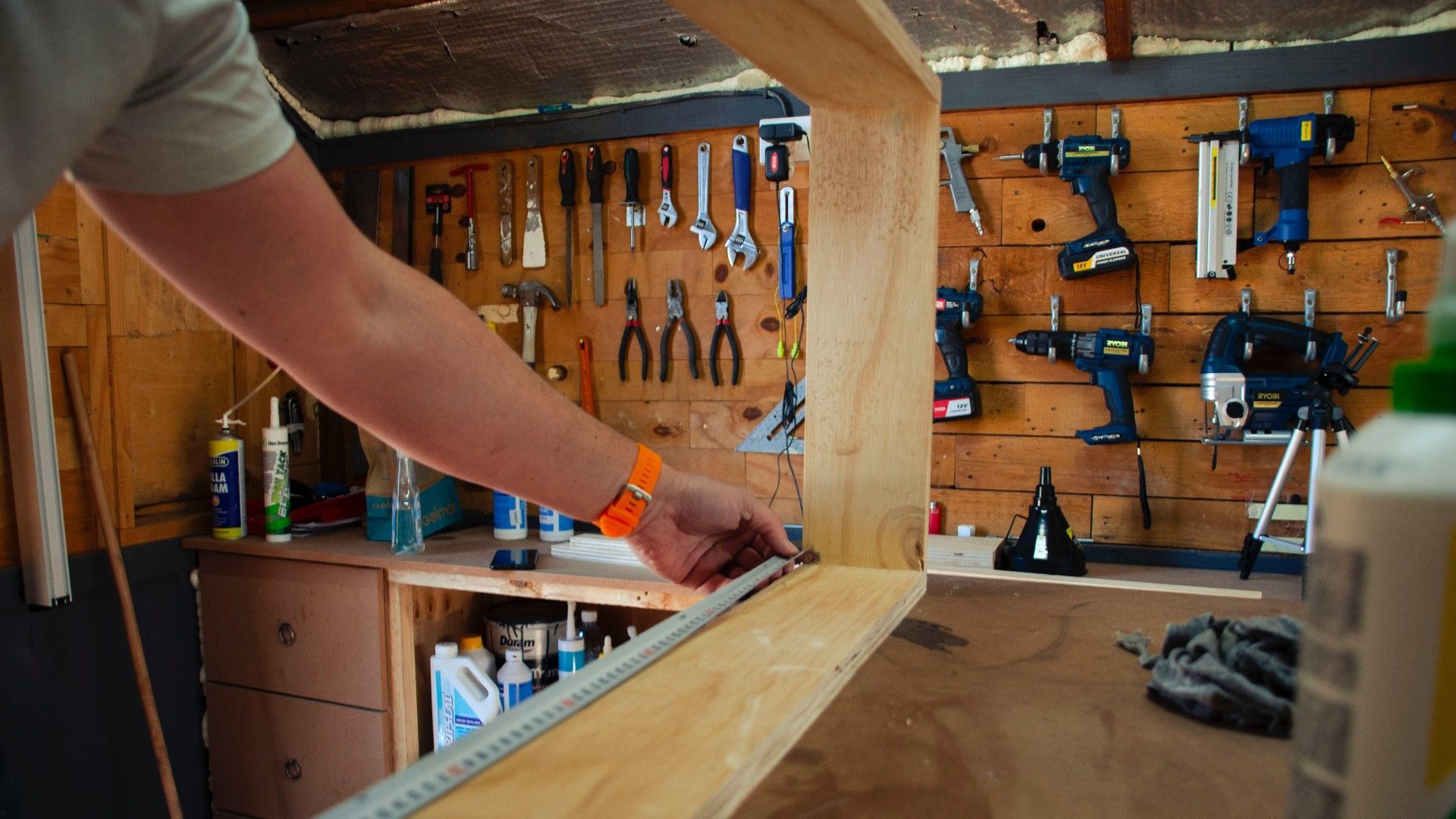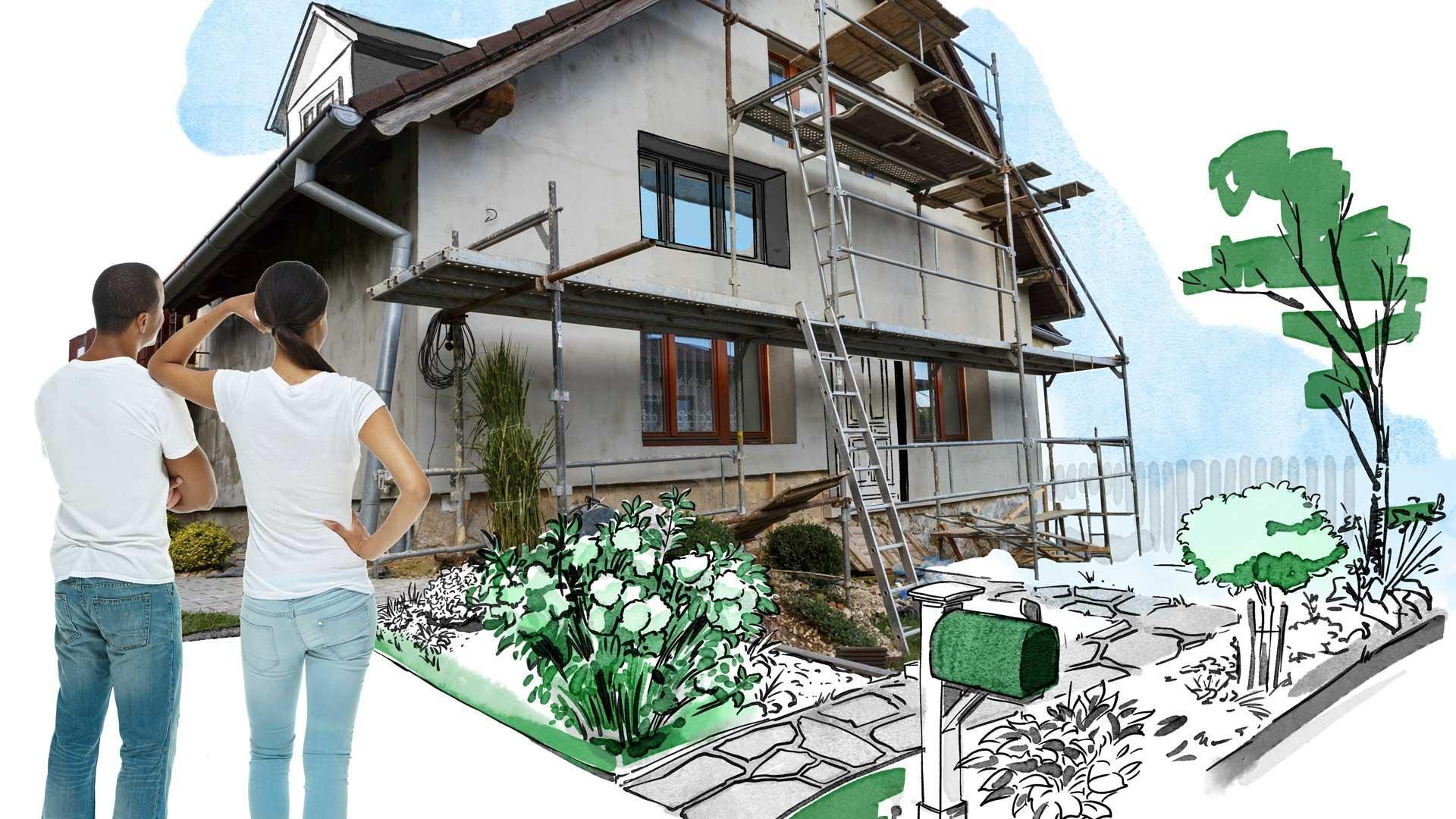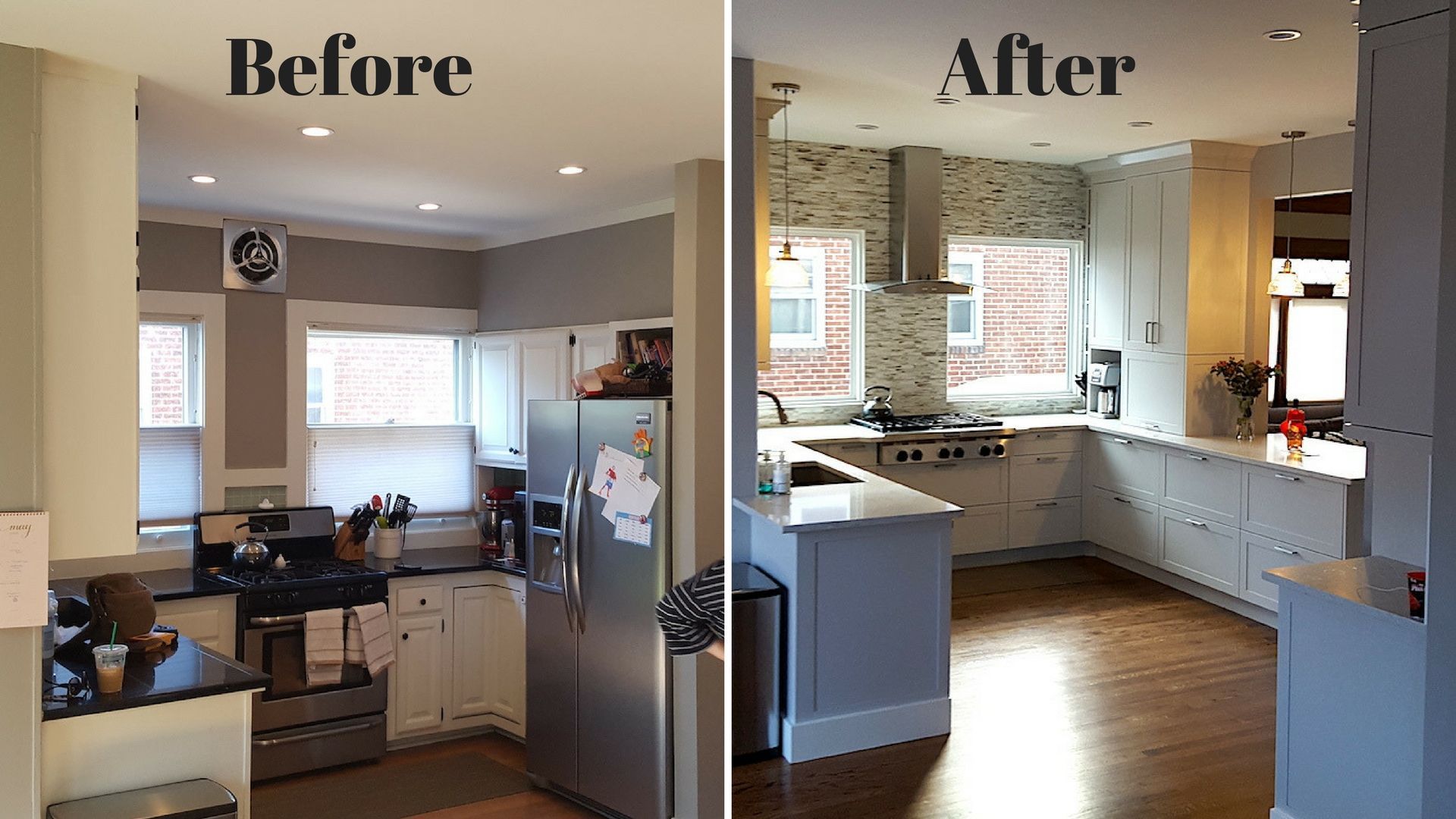
PHONE: 778-865-1978 | EMAIL: darcy@kenworthys.ca
Choosing the Right Flooring for Your Renovation: A Complete Guide
Renovating a home is an exciting yet challenging project, and one of the most important decisions you'll make is choosing the right flooring. The right flooring can set the tone for a room, add warmth and character, and stand up to daily wear and tear. With so many options on the market, it’s easy to feel overwhelmed. Don’t worry! Here’s a comprehensive guide to help you navigate the process and choose the perfect flooring for your renovation.
1. Consider the Room's Purpose and Function
The first step in choosing the right flooring is to think about the function of the room. High-traffic areas like kitchens, hallways, and living rooms require durable, easy-to-maintain flooring, while bedrooms or study areas might benefit from softer, warmer materials. Different types of flooring offer distinct advantages based on their characteristics, so match the material to the room’s specific needs:
Living Room and Bedrooms: Opt for materials that are comfortable underfoot. Hardwood, carpets, and luxury vinyl planks (LVP) work well here.
Kitchen and Bathroom: These spaces need moisture-resistant flooring. Porcelain or ceramic tiles, vinyl, and waterproof laminate are excellent choices for these high- moisture areas.
Entryways and Hallways: Look for durable, hard-wearing materials like tile, hardwood, or luxury vinyl that can handle foot traffic and dirt.
Basements: Since basements can be prone to moisture, consider vinyl, tile, or concrete flooring. Avoid hardwood or carpet unless you’ve resolved any moisture issues.
2. Understand the Pros and Cons of Flooring Types
To make an informed choice, it’s essential to understand the various flooring types and their benefits. Let’s break down some of the most popular options:
Hardwood Flooring
Pros: Timeless, elegant, and increases home value. Available in a variety of species (oak, maple, cherry, etc.) and finishes.
Cons: Can be expensive and requires regular maintenance, especially in high-moisture areas. It can scratch or dent easily.
Best for: Living rooms, bedrooms, and hallways.
Laminate Flooring
Pros: Affordable, durable, and easy to install. It mimics the look of wood or stone without the hefty price tag.
Cons: Less durable than hardwood and can get damaged by moisture. Doesn’t add as much value to the home as hardwood.
Best for: Bedrooms, living rooms, and low-moisture areas.
Luxury Vinyl Plank (LVP) / Vinyl Tile
Pros: Highly durable, water-resistant, and cost-effective. Available in a variety of designs, from wood-look to stone-look. Easy to clean and maintain.
Cons: Can feel less authentic compared to wood or stone. Some lower-quality vinyl may contain harmful chemicals.
Best for: Kitchens, bathrooms, laundry rooms, and basements.
Porcelain or Ceramic Tile
Pros: Extremely durable, water-resistant, and comes in a variety of styles, colors, and textures. Easy to clean and ideal for high-moisture areas.
Cons: Can be cold and hard underfoot, requiring rugs or heating systems for comfort. Difficult to install if you don’t have experience.
Best for: Kitchens, bathrooms, and entryways.
Carpet
Pros: Soft, comfortable, and excellent for insulation. Comes in many colors, styles, and textures.
Cons: Requires regular cleaning, prone to stains, and can trap dust and allergens. Not ideal for high-moisture areas.
Best for: Bedrooms, living rooms, and home offices.
Concrete Flooring
Pros: Extremely durable and low-maintenance. Can be polished, stained, or painted for a modern, industrial look.
Cons: Can be cold and hard, and may require an additional layer for comfort (e.g., rugs or mats). It can also crack over time.
Best for: Basements, garages, or modern, minimalist interiors.
3. Evaluate Durability and Maintenance Needs
Flooring is a long-term investment, so consider how much maintenance you're willing to do. Some materials require more upkeep than others. For instance, hardwood floors need to be refinished periodically, while tiles are nearly indestructible and just need regular cleaning. Think about your lifestyle and the amount of traffic each room will experience. If you have pets or young children, you may want to choose scratch- and stain-resistant flooring, such as tile, vinyl, or laminate.
4. Think About Style and Aesthetic
Flooring plays a huge role in the overall look and feel of your home. You want to select a material that complements your interior design style and color scheme.
Modern/Minimalist: Polished concrete, large-format tiles, or light-colored hardwood can create a clean, sleek look.
Traditional: Classic hardwood, patterned tiles, or luxurious carpets work well for a more traditional or elegant feel.
Rustic: Reclaimed wood or distressed vinyl planks can give your space a cozy, farmhouse vibe.
Coastal: Light-toned hardwood, whitewashed tiles, or even cork flooring can add a breezy, beach-inspired touch.
5. Budget Considerations
Flooring options can vary greatly in price, so it’s important to set a budget before you start shopping. Higher-end materials like natural stone or hardwood will cost more, especially when considering installation costs. However, alternatives like laminate or vinyl offer a similar look for a fraction of the price. When calculating your budget, also consider the cost of installation, subfloor preparation, and any special treatments (e.g., waterproofing, sanding, etc.).
6. Sustainability and Eco-Friendliness
More homeowners are looking for environmentally friendly flooring options. If sustainability is a priority for you, consider the following:
Bamboo: A renewable resource that’s durable and available in a variety of styles.
Cork: Made from the bark of cork oak trees, it’s renewable, biodegradable, and comfortable underfoot.
Recycled Materials: Reclaimed wood, recycled glass tiles, and other eco-conscious options are growing in popularity.
7. DIY or Hire a Professional?
Finally, consider whether you’ll be installing the flooring yourself or hiring a professional. Some materials, like vinyl planks and laminate, are designed for DIY installation and come with interlocking systems that don’t require nails or glue. However, more complex materials like hardwood, tile, and stone require professional installation for the best results.
Final Thoughts
Choosing the right flooring for your renovation is a balancing act between aesthetics, functionality, and budget. It’s important to choose a material that not only fits your design vision but can also stand up to the wear and tear of daily life. Consider the room’s purpose, maintenance requirements, and your own personal style when making your decision. By following these guidelines and doing thorough research, you'll be well on your way to selecting the perfect flooring for your home renovation project. Happy renovating!
